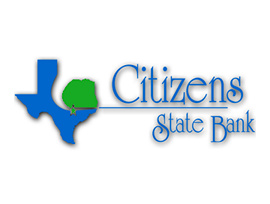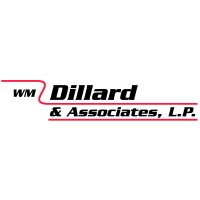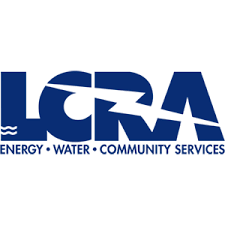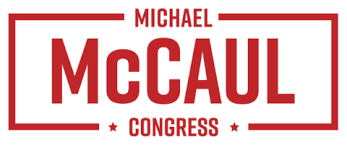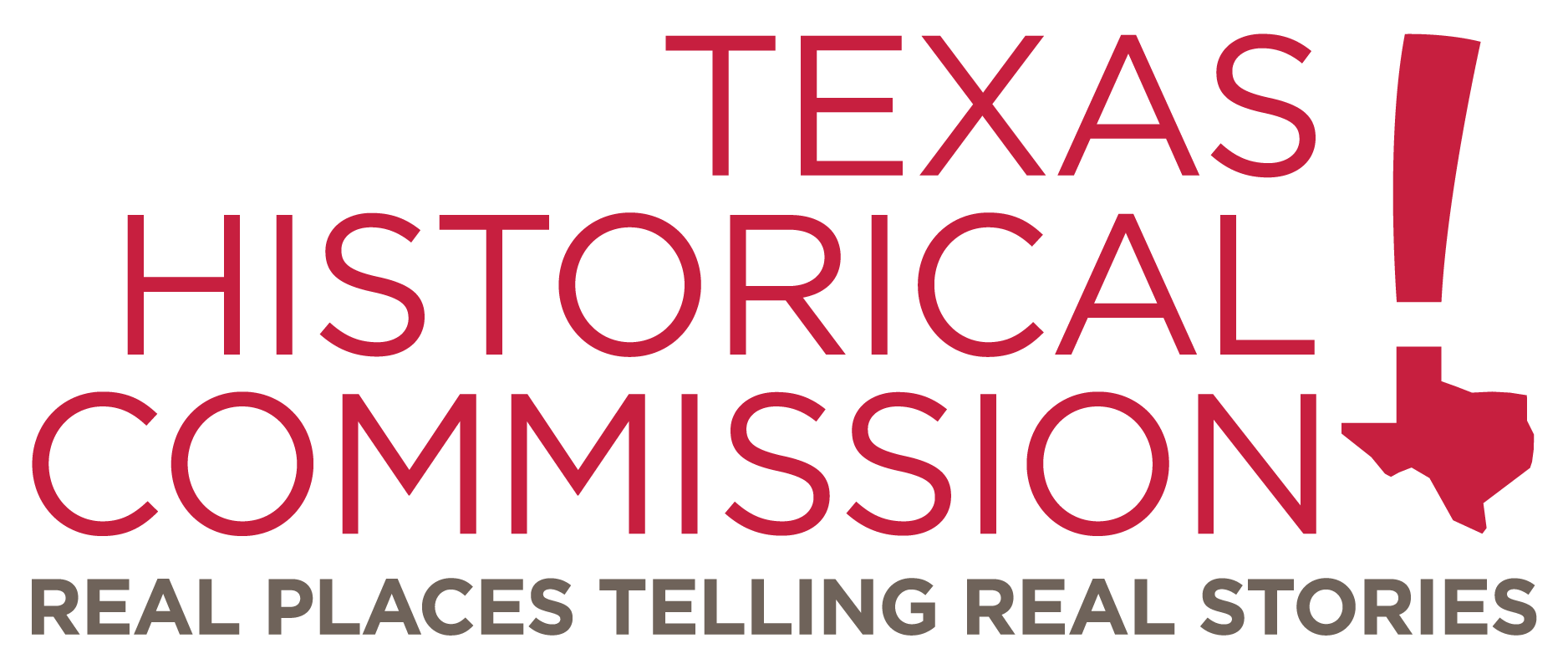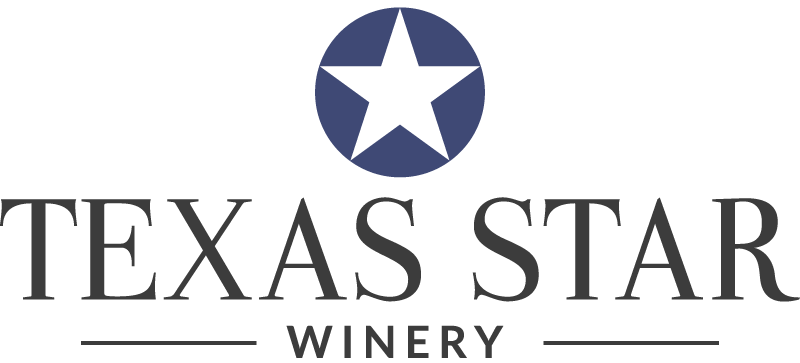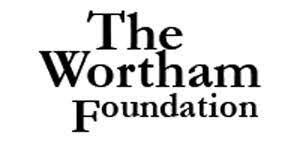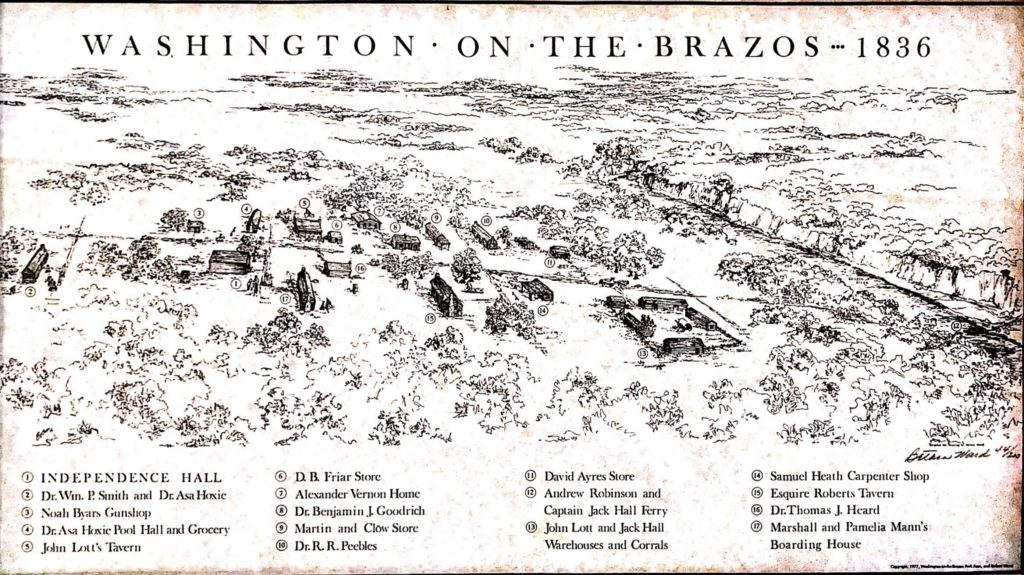
Day One of the Convention of 1836
185 years ago today, elected delegates from across the towns and municipalities of Texas convened in an unfinished structure at the center of Washington on the banks of the Brazos River.
Washington was a rude town, made worse by the interminable weather that was plaguing Texas. That unique Texas meteorological phenomenon, a blue norther, blew in during the night of February 29th.
Colonel William Fairfax Gray was an eyewitness to the Texas Convention of 1836 and had this to say about Washington and the weather: “Left Washington at 10 o’clock. Glad to get out of so disgusting a place. It is laid out in the woods; about a dozen wretched cabins or shanties constitute the city; not one decent house in it, and only one well defined street, which consists of an opening cut out of the woods. The stumps still standing. A rare place to hold a national convention in. They will have to leave it promptly to avoid starvation.” -Colonel William F. Gray, February 14, 1836. “Yesterday was a warm day, and at bed time I found it necessary to throw off some clothes. In the night the wind sprung up suddenly from the north and blew a gale, accompanied by lightning, thunder, rain and hail, and it became very cold. In the morning the thermometer was down to 33 degrees, and everybody shivering and exclaiming against the cold. This is the second regular norther that I have experienced.”
But despite the weather, the delegates of Texas convened the Convention of 1836 to decide the future of Texas. This being the first day, several clerical issues of business had to be settled before the real work could begin. The first was who is in charge? George Childress (Milam) called the convention to order, but James Collinsworth (Brazoria) would be the Convention chair pro tempore. A committee was then formed to verify the credentials of the assembled delegates. The official records of the Convention record 45 delegates present and seated on March 1, several more would arrive over the next few days.
With the delegates formally seated, an actual election for Convention President, Secretary, Sergeant-at-Arms, and Door-Keeper was held. Richard Ellis (Pecan Point) was elected President, Herbert S. Kimble (not a delegate) was Secretary. Isom Parmer (son of San Augustine delegate Martin Parmer) was elected as Sergeant-at-Arms and John A. Hueser (not a delegate) was elected as Door Keeper.
With the Convention properly established, the next order of business was declaring independence from Mexico. The delegates at Washington were all elected on platforms of declaring Texas independent of Mexico rather than seeking reconciliation in exchange for Mexican statehood or other ideas. There was no doubt that this body sought to declare Texas free from the political ties with Mexico. To that end, a committee of 5 was appointed to draft a document to that effect. The members would be George Childress (Milam), Collin McKinney (Pecan Point), Bailey Hardeman (Matagorda), James Gaines (Sabine), and Edward Conrad (Refugio). Several more committees were formed to draft rules of the Convention, privileges and elections, and to notify the 1835 Consultation Government of the Convention’s formation and execution according to the directive issued from the San Felipe Consultation of 1835. With nothing left to do but allow the committees to work, the Convention adjourned until the following morning.
Pictured here is the modern replica of Independence Hall, built almost exactly upon the same ground as the original structure and emulating the best descriptions of the building. Also pictured is an artist’s rendition of a map of Washington as it might have appeared in 1836 as described by Colonel Gray and others.



